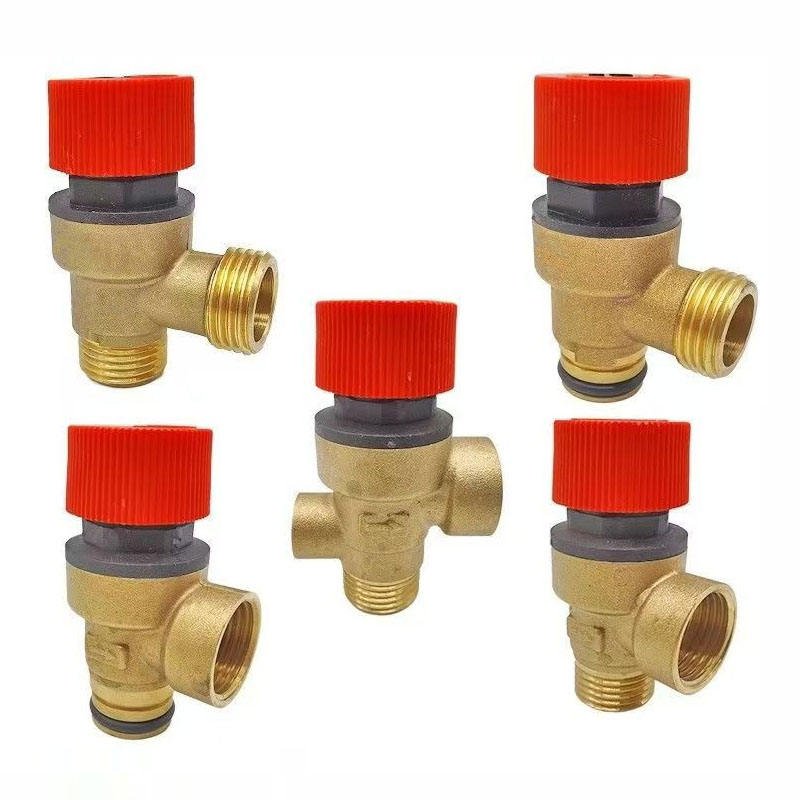Struggling to control fluid flow in your hydraulic systems? Mismanaged pressure can lead to equipment failure, costly downtime, and even safety hazards. The solution lies in understanding hydraulic function valves, which regulate pressure and flow to keep your systems running smoothly. Read on to discover how these valves work and why they’re essential for your operations.
A hydraulic function valve controls the flow and pressure of hydraulic fluid in a system. It ensures equipment operates safely and efficiently by directing fluid, regulating pressure, or relieving excess pressure. Common types include pressure relief valves, reducing valves, and bypass valves, each designed for specific hydraulic tasks.
Curious about how these valves function and their role in your systems? Let’s dive deeper into their features, types, and applications to help you make informed decisions.

What is the Basic Function of a Hydraulic Valve?
Hydraulic valves are the backbone of any hydraulic system, acting like traffic controllers for hydraulic fluid. Their main job is to regulate the flow, pressure, and direction of the fluid to ensure smooth and safe operation. For instance, a hydraulic pressure relief valve prevents system overload by releasing excess pressure, protecting equipment from damage. These valves work based on the working principle of balancing fluid pressure against a spring or actuator, as shown in a hydraulic pressure relief valve diagram. Without them, systems could face dangerous pressure spikes or inefficient performance. At IVALVECRAFT, our valves, like brass safety valves and pressure reducing valves, are designed for high quality and stable export pressure, ensuring your systems run reliably. Understanding their role helps you choose the right valve for your needs, whether for construction projects or plumbing wholesale.
What are the Two Basic Types of Hydraulic Valves?
Hydraulic valves come in various types, but they generally fall into two main categories: directional control valves and pressure control valves. Directional control valves manage the flow path of hydraulic fluid, deciding where it goes within the system. Think of them as switches that guide fluid to different actuators, like cylinders or motors. On the other hand, pressure control valves, such as the hydraulic pressure relief valve or pressure reducing valve, focus on managing system pressure. For example, a main relief valve in hydraulic system maintains safe pressure levels, while a pressure reducing valve ensures consistent output, as seen in its circuit diagram. Each type has unique hydraulic pressure relief valve symbols for system design. IVALVECRAFT offers both types, crafted for durability and precision, perfect for wholesalers and construction procurement. Knowing these categories helps you pick valves that match your system’s demands.
What is the Function of a Bypass Valve in a Hydraulic System?
A bypass valve in a hydraulic system acts like a safety net, redirecting excess fluid to prevent system overload or damage. Its main function is to provide an alternative flow path when pressure exceeds safe levels or when specific components need to be bypassed. For example, in a hydraulic pressure relief valve circuit diagram, the bypass valve might divert fluid back to the reservoir if a pump’s output is too high. This is critical for maintaining stable pressure and protecting equipment, especially in high-demand applications like construction or industrial plumbing. The hydraulic pressure relief valve adjustment allows fine-tuning to match system needs. At IVALVECRAFT, our bypass valves, part of our thermostatic mixing valves and manifolds, ensure sufficient flow rate and reliability. Understanding bypass valves helps purchasing officers and wholesalers ensure their systems stay safe and efficient under varying conditions.
Summary
Hydraulic function valves are essential for controlling fluid flow and pressure in hydraulic systems, ensuring safety and efficiency. From directing fluid with directional control valves to managing pressure with hydraulic pressure relief valve types like pressure reducing valves and bypass valves, each plays a critical role. By understanding their functions, types, and applications, you can choose the right valves for your needs, whether for construction, plumbing wholesale, or industrial projects. IVALVECRAFT’s high-quality valves, designed with stable export pressure and sufficient flow, are perfect for businesses in Russia, Poland, the UK, and beyond.
Choose IVALVECRAFT, choose reliable partner, enjoy the high quality and best service.


